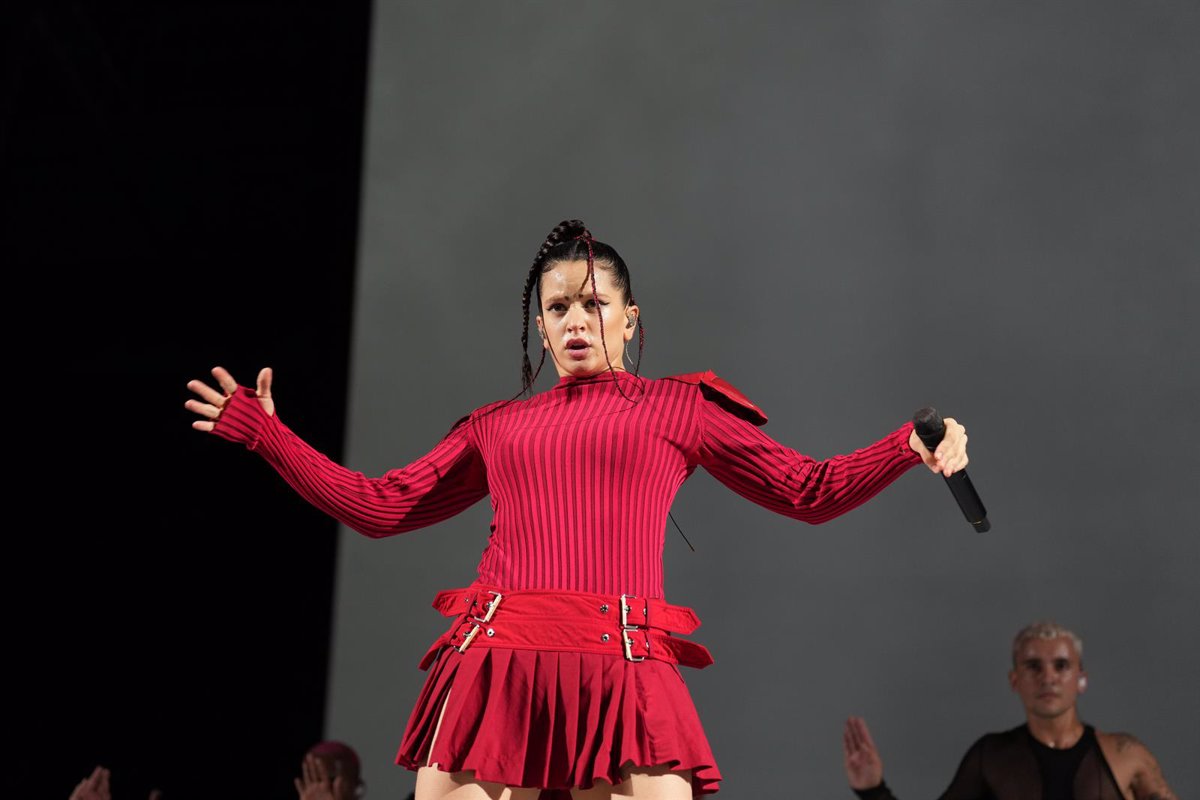The music and urban culture of artists such as Rosalía, C. Tangana, Bad Gyal, La Zowi, Quevedo and Yung Beef will be the protagonists of a new exhibition by the General Society of Authors and Editors (SGAE) that can be visited from June 6 to July 15 at the Madrid headquarters of the institution.
The exhibition ‘Urban music, pop and high culture’, which includes numerous dresses, items of clothing, set elements, awards, illustrations and original photographs, or notebooks with song lyrics and handwritten notes, donated by more than thirty artists, It is a “wink” to the new generations of creators who have led “the greatest cultural revolution” of the 21st century, according to SGAE.
Precisely, the curator of the exhibition, Maribel Sausor, together with the music journalist Aïda Camprubí, consider that urban music is a “fundamental pillar” of the present and its artists “the future of musical creation.”
Among the textile pieces on display are, for example, the bata de cola that Rosalía wore on her ‘Motomami World Tour’; the ten college-style jackets that Quevedo wore during his ‘DQE’ tour; the shirts that Love Yi wore in the video clip for the song ‘De Ti Me Olvido’ that he recorded with Recycled J; the top for La Zowi’s ‘La Reina del Sur’ tour -made with Spanish coins from 1937-; the pink jacket that Bad Gyal wore in the ‘Blin Blin’ video clip; or one of the dresses that Nathy Peluso wore for a report in S Moda magazine.
In addition to clothing, SGAE shows borrowed accessories such as baseball caps made for Mushkaa and Recycled J; Rosalía’s illuminated helmets; or illustrations by David Rosel for video clips and album covers by Alizzz, the original painting that Iván Floro painted for ‘El Madrileñ’o by C. Tangana, the cage for the set design by Yung Beef or the ‘Soundsystem’ by Bad Gyal.
The exhibition is part of the 125th anniversary of the creation of SGAE and has the collaboration of the specialized magazine NUEBO, as well as the Association of Fashion Creators of Spain (ACME), with the aim of showing the “diversity” and “fusion of genres” that exists in the urban music scene, which the entity classifies in a statement as “free and unprejudiced.
“The development of the national urban music scene has been fundamental to configure a new paradigm of Spanish pop. At the same time that part of the urban scene transcends pop, the urban becomes an interesting option for pop artists. The urban does not “only remains at the center of current pop, but we have reached a point of no return in which one can no longer be understood without the other,” explained the musicologist and specialist in urban and Latin American popular music and collaborator in the exhibition. , Marina Arias.
